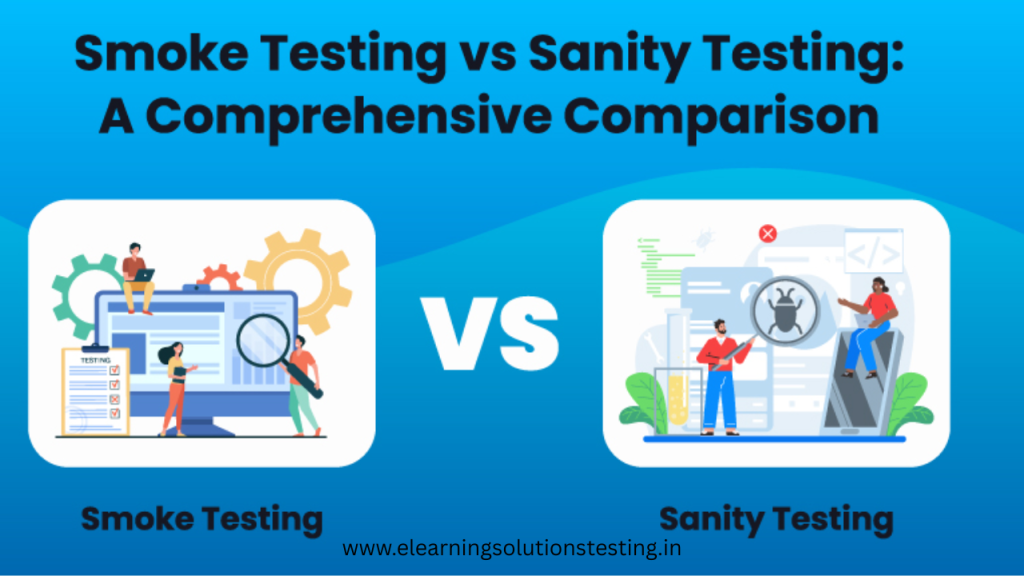In the world of software testing, two terms that often confuse beginners and even some experienced testers are Smoke Testing and Sanity Testing. Both serve as quick checks to ensure software stability, but they have different purposes, scopes, and execution methods. Understanding the key differences between them can help improve your testing strategy and communication within your team.
What is Smoke Testing?
Smoke Testing is a preliminary level of testing performed after a new build is received to verify whether the critical functionalities of the software are working properly. It’s like a health check to decide if the build is stable enough to proceed with more detailed testing.
Key Characteristics of Smoke Testing:
- Broad and shallow testing of major features
- Conducted on initial builds before detailed testing
- Checks basic workflows and critical paths
- Often automated or manual
- Also called “Build Verification Testing”
What is Sanity Testing?
Sanity Testing is a focused and narrow testing done after receiving a software build with minor changes or bug fixes. It verifies that the specific functionality or bugs have been fixed and that the changes didn’t break anything else in the related areas.
Key Characteristics of Sanity Testing:
- Narrow and deep testing of specific functionality
- Conducted after receiving a stable build with small changes
- Validates bug fixes or new features
- Usually manual
- Ensures no new issues introduced in the affected areas
Key Differences Between Smoke Testing and Sanity Testing
| Aspect | Smoke Testing | Sanity Testing |
|---|---|---|
| Purpose | Verify basic functionality and stability of the build | Verify specific bug fixes or changes |
| Scope | Broad, covering major functionalities | Narrow, focusing on specific areas |
| When Performed | On every new build before further testing | After receiving builds with minor fixes or changes |
| Depth | Shallow testing of features | Deep testing of targeted functionalities |
| Automation | Often automated | Usually manual |
| Also Known As | Build Verification Testing | A subset of regression testing |
When to Use Smoke Testing and Sanity Testing?
- Use Smoke Testing:
To quickly check whether the software build is stable enough for detailed testing. Ideal for early build verification. - Use Sanity Testing:
When you want to confirm that specific changes or bug fixes work correctly without impacting other parts of the system.
Summary
While both smoke and sanity testing are quick, focused types of testing used to validate software builds, their goals differ. Smoke testing acts as a gatekeeper to decide if a build is testable, whereas sanity testing checks if recent changes behave as expected. Using both appropriately helps improve testing efficiency and software quality.
YOU MAY BE INTERESTED IN
The Art of Software Testing: Beyond the Basics
Automation testing course in Pune
